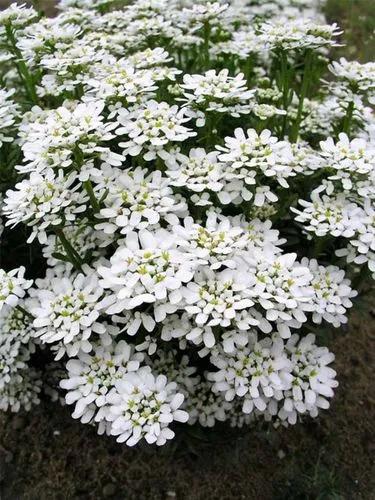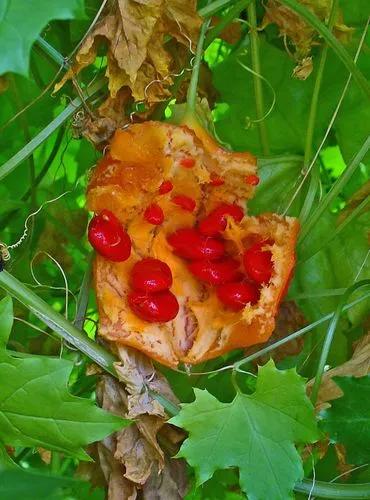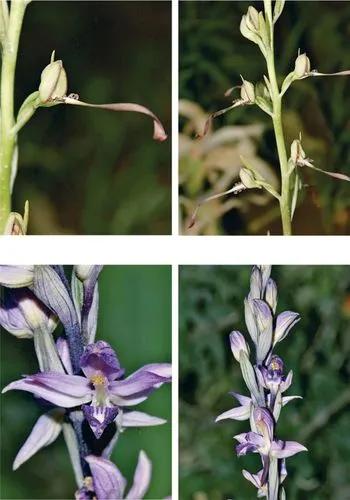Purple hyacinth bean is often grown as a flowering plant, although most of the plant is edible. With shades of purple in the leaves, stems, flowers and showy seed pods, it is undeniably eye-catching. Purple hyacinth bean is a very vigorous grower and the vines are a popular choice for a quick cover, although they can frustrate you by refusing to flower until late in the season.The bright green, pointed leaves grow in leaflets of three leaves. The stems and undersides of the leaves are tinged purple. Flowers resemble sweet peas, without the scent. They grow in loose clusters and come in pale purple and white. They are followed by glossy purple pods that start off looking like snow peas, but eventually fill out and plump up.
Purple Hyacinth Bean Care
Lablab Purpureus



How to Care for the Plant

Water

This plant likes lots of water, but the soil should be moist, not wet.

Fertilizer

Because the vines are so vigorous, give them some extra food every four to five weeks, throughout the summer. Start with rich soil and give them a monthly dose of your favorite balanced fertilizer, preferably something low in nitrogen and high in phosphorous to encourage blooming.

Sunlight

For the best flowering, choose a site that gets full sun. Purple hyacinth beans will grow in partial shade, but along with fewer blooms, you will also have the risk of fungal diseases.

Soil

A neutral soil pH of 6.0 to 6.8 is best. Purple hyacinth beans don't need overly rich soil, but working some organic matter into the soil before planting will give them a good start. Definitely, choose a well-draining site. Although they need regular water, their roots will rot in overly wet soil.

Temperature

Purple hyacinth beans can be perennial in USDA hardiness zones 10 and above. They may even develop woody stems, although they tend to be short-lived. In other areas, they are grown as annuals. Plants may reseed if the pods are left over-winter. It is also very easy to collect the dried seed at the end of the season, to save for next year.

Additional

Uncooked seeds are poisonous, with toxic levels of cyanogenic glucosides. They can cause vomiting, breathing problems and convulsions. Better to leave the cooking to someone experienced with hyacinth beans and save your seed for planting.

Popularity

589 people already have this plant 89 people have added this plant to their wishlists
Discover more plants with the list below
Popular articles






